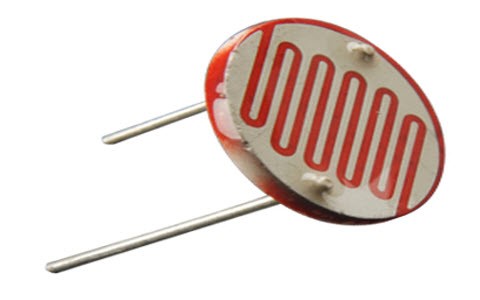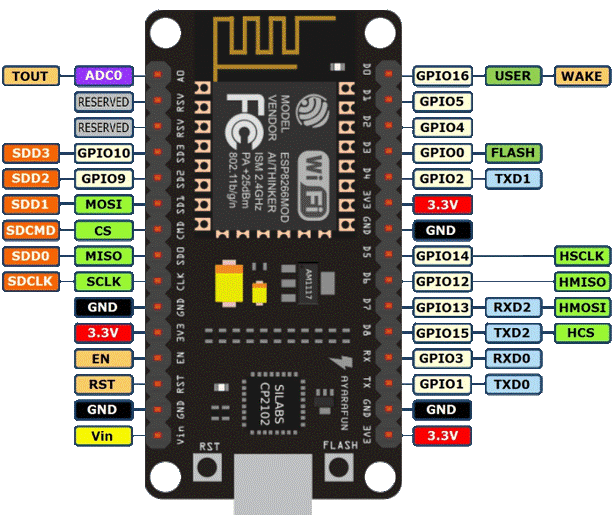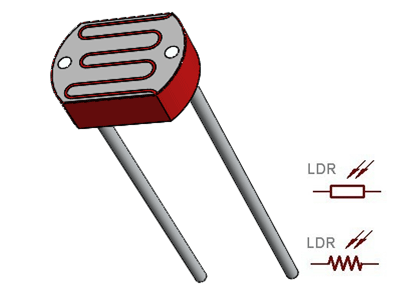LDR sensor

NodeMCU

Pin Configuration

int LDR = A0;
int LED = D1;
void setup()
{
pinMode(LDR,INPUT);
pinMode(LED,OUTPUT);
}
void loop()
{
int ldrval = analogRead(LDR);
int mappedVal = map(ldrval,0,1023,0,255);
analogWrite(LED,mappedVal);
}
